Botanical endemisms of Ermo das Águias
The Ermo das Águias rewilding area is located in the Greater Côa Valley, in an intermediate sector of its course and occupying the left bank. A landscape dominated by granite that is evident in extensive rocky outcrops. The area covers 600 hectares and is located near the village of Vale de Madeira (Pinhel). With a history of intense land use, growing cereals and olive groves, as well as grazing, this landscape has also been the target of consecutive fires. Only extensive patches of cork oak have been maintained due to the economic importance of cork and its resistance to fire. In recent decades, this land has been gradually abandoned and the landscape is currently dominated by broom (Cytisus multiflorus). On the steep slopes, which are of little agricultural or pastoral interest, the native tree cover has been recovering and reoccupying land that it had occupied in the past. This is the case of the Pyrenean Oak (Quercus pyrenaica), which forms groves on the north-facing slopes. On the south-facing slopes, especially at the highest points, there are some cork oaks (Quercus suber). And in the more sheltered open valleys you’ll find holm oaks (Quercus rotundifolia), a typically Mediterranean species.
In recent years, management of the property based on innovative concepts, induced by the rewilding philosophy, has shown interesting results in the local vegetation, which are reflected in the fauna itself. The introduction of a small herd of Sorraia horses and the occasional manual clearing of the broom has favoured the emergence and dispersal of a greater diversity of plants. The movement of the horses through the broom has reduced shrub densification, benefiting smaller species of both flora and fauna. Consequently, they reduce the risk of high-intensity and more destructive fires, which could irreversibly affect the tree cover. The permanent presence of horses causes a regular input of organic matter into the soil, restoring the fertility that had been lost. The broom is a consequence of the fires and the abandonment of the landscape. They play a role in protecting and restoring the soil. But it’s not enough on its own. Herbivory with semi-wild horses, combined with other species such as Roe Deer, Red Deer and Ibex, would diversify the type of grazing and make the landscape more biodiverse, favouring the recovery of woodlands but maintaining clearings and meadows that swarm with pollinating insects.
On the interpretative trails we guide to Ermo das Águias, we showed and explained the development of these natural landscape management actions, where natural regeneration is favoured. We can visualise the change in the landscape and the increase in biodiversity. In recent years, we have learnt in particular about the botanical list that exists here, which is becoming more diverse and richer in species of great interest. Several plants whose distribution is restricted to the Iberian Peninsula stand out. Some, even in Portugal, have a very small or localised occurrence. Below is a gallery of images of the species that fall into this group and that can be seen in this rewilding area.
To find out more about Ermo das Águias and its management organisation, Rewilding Portugal, take a look at their website: https://rewilding-portugal.com/sample-page-1-english/ermo-das-aguias/
Although the area can be visited independently, don’t hesitate to contact us for a guided tour, which is guaranteed to give you a more comprehensive and in-depth overview of this natural landscape: https://www.wildlifeportugal.pt/en/hiking/ermo-das-aguias/
Click on the images to enlarge. Hover over each one to see the name of the species photographed.

 English
English


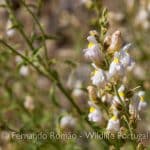

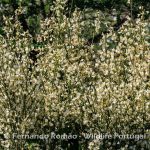
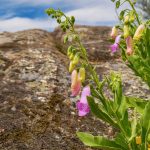

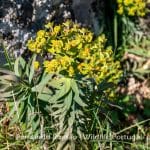

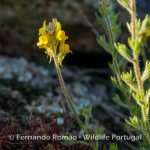
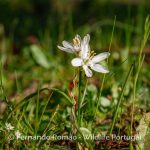
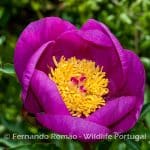

Post Discussion